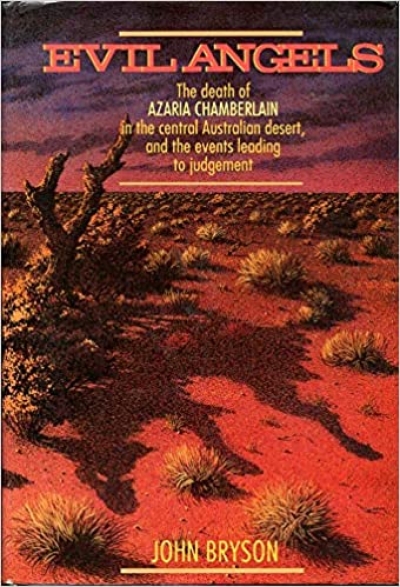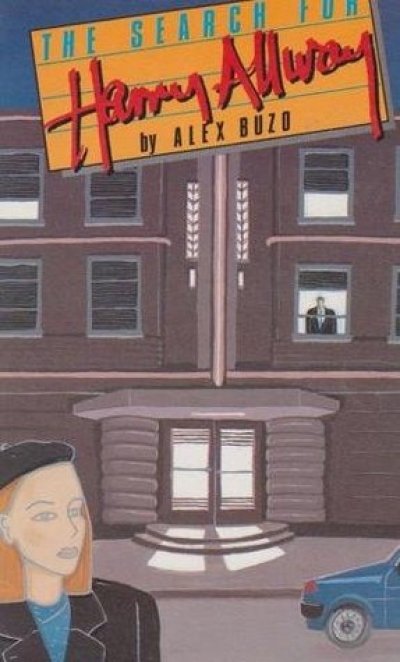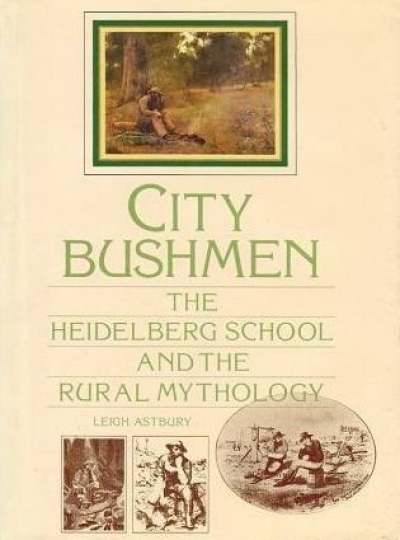Archive
My first contact with Arthur Phillips was through a note signed A.A.P., attached to a short story that an editor couldn’t find space for. The note pointed out that the story lacked reality, e.g. a child was allowed to sit in a hotel bar. When I finally got to meet A.A. Phillips, it was over a drink. The pleasure at meeting was enhanced by a child at the next table. I ribbed Arthur about this, telling him that he had sinned against the commandments of social realism. He allowed me my small victory (the story is still unpublished) and then told a number of very funny stories against himself. I knew him only slightly, but that minimal acquaintanceship showed him to be as extraordinary and as delightful in his living as he was in his writing.
... (read more)









